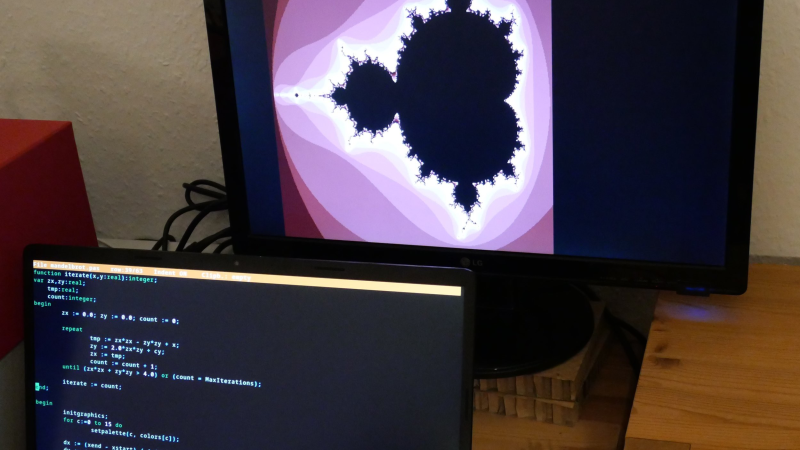Register Renaming: The Art of Parallel Processing

In the quest for faster computing, modern CPUs have turned to innovative techniques to optimize instruction execution. One such technique, register renaming, is a crucial component that helps us achieve the impressive multi-tasking abilities of modern processors. If you’re keen on hacking or tinkering with how CPUs manage tasks, this is one concept you’ll want to understand. Here’s a breakdown of how it works and you can watch the video, below.
In a nutshell, register renaming allows CPUs to bypass the restrictions imposed by a limited number of registers. Consider a scenario where two operations need to access the same register at once: without renaming, the CPU would be stuck, having to wait for one task to complete before starting another. Enter the renaming trick—registers are reassigned on the fly, so different tasks can use the same logical register but physically reside in different slots. This drastically reduces idle time and boosts parallel tasking. Of course, you also have to ensure that the register you are using has the correct contents at the time you are using it, but there are many ways to solve that problem. The basic technique dates back to some IBM System/360 computers and other high-performance mainframes.
Register renaming isn’t the only way to solve this problem. There’s a lot that goes into a superscalar CPU.
